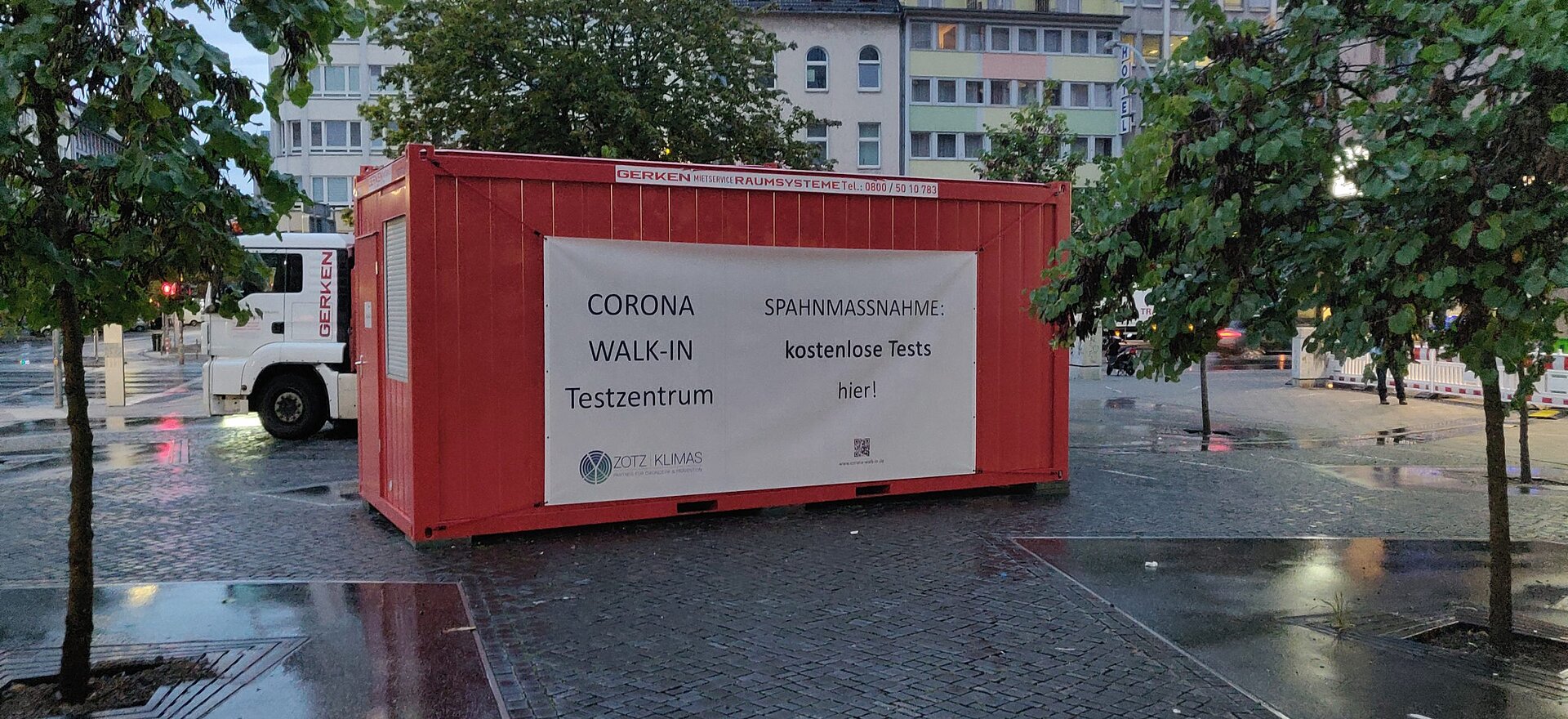

You can take another self-test within a few days to increase your confidence that you do not have COVID-19. If you have concerns or your symptoms worsen, visit kp.org/getcare, use our mobile app to access care including an e-visit, phone or video visit appointment. If you have symptoms, isolate at home away from others. A negative self-test doesn’t rule out infection.It’s important to follow the manufacturer’s instructions for performing the test at home to increase the likelihood of an accurate result.Self-tests can be used in most cases such as if you have symptoms or think you have been exposed to someone with COVID-19, or prior to gathering indoors with those who may be at risk including unvaccinated children, older individuals, and those who are immunocompromised.Self-tests are less sensitive than PCR tests, so they work best when people are carrying a lot of virus and are most likely to be infectious. Self-tests are also called rapid tests since you can get your results quickly, compared with PCR tests that are usually processed in a lab. Self-tests are also known as antigen tests because they look for antigens, or proteins from the coronavirus in your body, compared with PCR tests that look for the virus’s genetic material.What is the difference between self-tests and PCR tests? The report should include your name and at least one other personal identifier, like your date of birth. Click on the “Attach an image” link at the bottom of the message to add a photo or scan of your report.Use “COV19 outside lab report” as your subject line.
#WALK IN CORONA TESTING UPDATE#
Please email a photo or a scanned copy of your test results to your doctor’s office so we can update your medical record:

If you get tested outside of Kaiser Permanente, your results aren’t automatically shared with your doctor’s office. How do I update my medical record if I was tested outside of Kaiser Permanente?


 0 kommentar(er)
0 kommentar(er)
